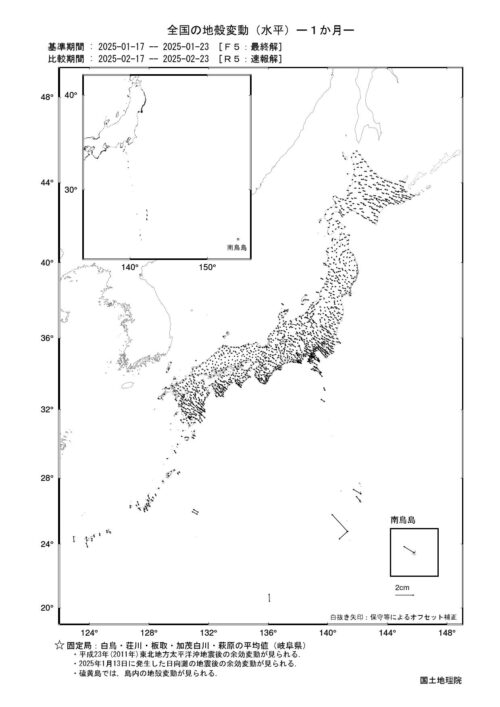2025-03-08 東京大学
<関連情報>
- https://www.aori.u-tokyo.ac.jp/research/news/2025/20250308.html
- https://www.aori.u-tokyo.ac.jp/research/news/2025/files/20250308_summary.pdf
- https://www.science.org/doi/10.1126/sciadv.adr8584
地球の軌道リズムがデカントラップ火山期の時期と地球規模の気候変動を結びつける Earth orbital rhythms links timing of Deccan trap volcanism phases and global climate change
Thomas Westerhold, Edoardo Dallanave, Donald Penman, Blair Schoene, […], and Junichiro Kuroda
Science Advances Published:7 Mar 2025
DOI:https://doi.org/10.1126/sciadv.adr8584

Abstract
At the end of the Cretaceous, the massive Deccan trap (DT) volcanic eruptions are regarded as the primary driver of global climate deterioration. Accurate age models are key to unravel the sequence of events related to DT volcanism onset and effects on the global climate system. We establish a direct geochemical link between DT volcanism as recorded in marine osmium isotopic data and global climate change documented in benthic foraminifera carbon and oxygen isotope records. Based on our state-of-the-art astronomically calibrated age model, two major shifts in marine 187Os/188Os at 66.49 and 66.28 million years ago are contemporaneous with major eruption phases of the DT and disruptions of the global carbon cycle. Geochemical records and modeling suggest larger erupted volumes with high volatile emissions for the early phase of DT volcanism and point to differing emissions of SO2 and CO2 during the observed marine osmium shifts with diverse effects on the global climate system.


